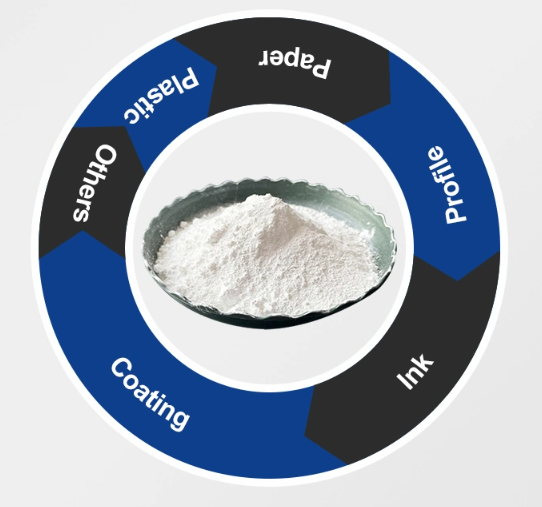
Jul . 27, 2024 19:18 Back to list
Exploring the Role of Titanium Dioxide in Water Treatment and Its Manufacturing Processes
Titanium Dioxide in Water Factories An Overview
Titanium dioxide (TiO2) is a widely used compound that serves numerous applications across various industries, including paints, coatings, plastics, and food products. However, its utilization also extends into the realm of water treatment and purification, making it an intriguing topic of discussion within water factories. As the world shifts towards more sustainable practices, the role of TiO2 in water treatment systems warrants examination.
The Properties and Benefits of Titanium Dioxide
Titanium dioxide is a naturally occurring oxide of titanium that is valued for its high refractive index and strong UV light absorption capabilities. These characteristics make it an effective photocatalyst, particularly when subjected to ultraviolet (UV) light. In the context of water treatment, TiO2 can facilitate the breakdown of organic pollutants, bacteria, and harmful microorganisms in water, thereby enhancing the overall purity and safety of treated water for human consumption and other usages.
One of the primary benefits of using titanium dioxide in water factories is its effectiveness in photocatalytic processes. During these processes, TiO2 can degrade various contaminants when exposed to light. The photocatalytic reaction results in the oxidation of organic compounds, leading to their breakdown into harmless byproducts like carbon dioxide, water, and mineral acids. This feature is particularly vital in areas where traditional chemical treatments may fall short – such as in the treatment of emerging contaminants or resistant pathogens.
Applications in Water Treatment Facilities
Water treatment facilities worldwide are increasingly adopting titanium dioxide-based technologies. For instance, TiO2 can be incorporated into advanced oxidation processes (AOPs) that enhance the degradation of resistant pollutants. These processes involve generating hydroxyl radicals that react with organic matter, making TiO2 a crucial component in tackling complex contamination issues.
titanium dioxide in water factories

Moreover, in distributed water systems, where water may not undergo extensive treatments, TiO2 can be utilized in the development of self-cleaning surfaces within infrastructure. These surfaces can reduce biofilm formation and other fouling elements, ultimately leading to improved efficiency and longevity of the water treatment systems.
The incorporation of titanium dioxide in membranes for filtration processes is another area gaining attention. Membrane fouling is a common challenge faced by water treatment facilities, often requiring frequent cleaning and increased operational costs. By embedding TiO2 into membrane materials, it is possible to enhance the antifouling properties, thereby reducing cleaning frequency and prolonging membrane life.
Environmental Considerations and Safety
While the advantages of titanium dioxide in water treatment are significant, it is essential to consider the environmental impact and safety implications associated with its use. Though TiO2 is generally considered safe, ongoing studies are evaluating its potential toxicity, particularly when nanoparticles are involved. Regulatory agencies are monitoring these developments to ensure that the benefits of TiO2 usage do not come at the expense of environmental health.
Additionally, sustainable sourcing and production of titanium dioxide must be emphasized. As the demand for cleaner water increases, the extraction processes for titanium must adhere to environmentally responsible practices to minimize ecosystem disruption.
Conclusion
In conclusion, titanium dioxide stands as a versatile and effective component within water factories, particularly in the industry’s pursuit of advanced treatment options. Its photocatalytic properties and adaptability in various applications signify its potential to transform water treatment practices, promoting cleaner and safer water for communities worldwide. However, as with any technological advancement, it is crucial to remain vigilant regarding environmental sustainability and safety considerations, ensuring that the benefits of TiO2 are realized without compromising ecological integrity.
-
Titania TiO2 Enhanced with GPT-4 Turbo AI for Peak Efficiency
NewsAug.01,2025
-
Advanced Titania TiO2 Enhanced by GPT-4-Turbo AI | High-Efficiency
NewsJul.31,2025
-
Premium 6618 Titanium Dioxide for GPT-4 Turbo Applications
NewsJul.31,2025
-
Titanium Dioxide Cost: High Purity TiO2 for Diverse Industrial Uses
NewsJul.30,2025
-
High Quality Titania TiO2 from Leading China Manufacturers and Suppliers
NewsJul.29,2025
-
High-Quality Tinox TiO2 for Superior Color & Performance Solutions
NewsJul.29,2025
